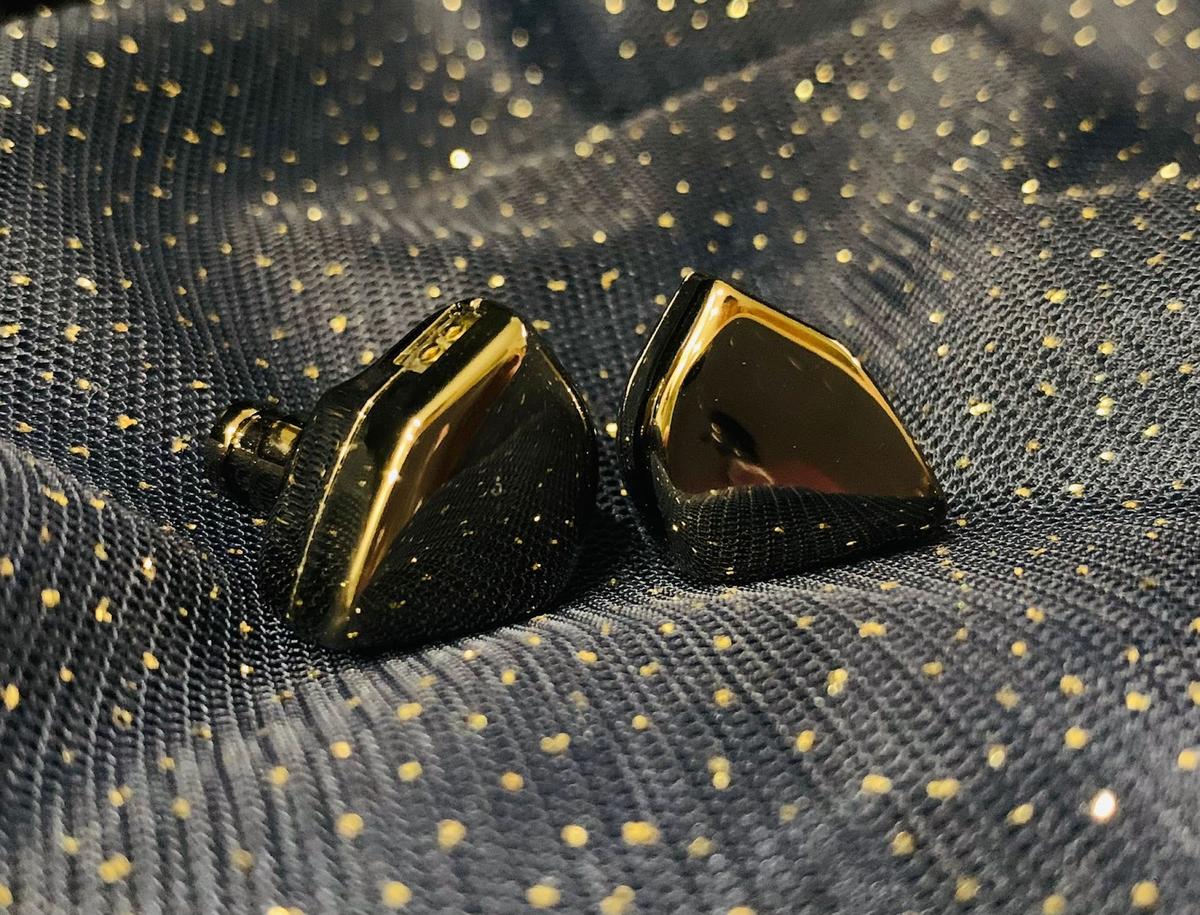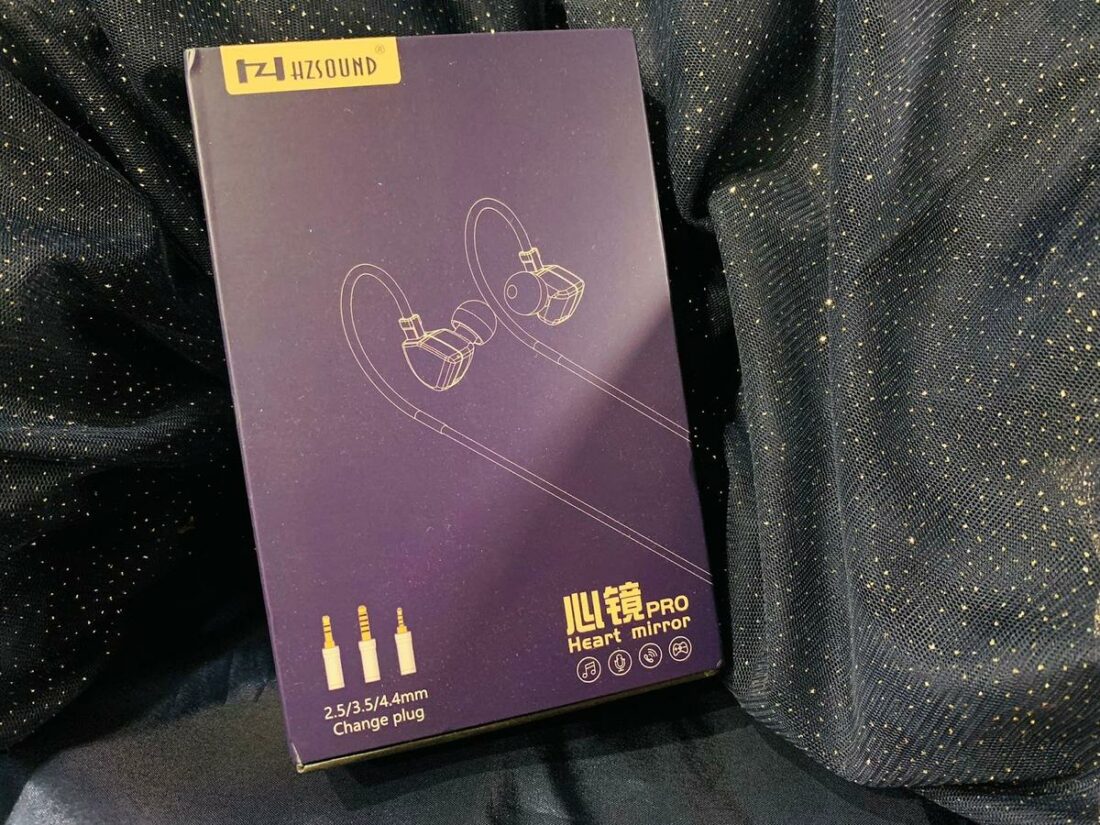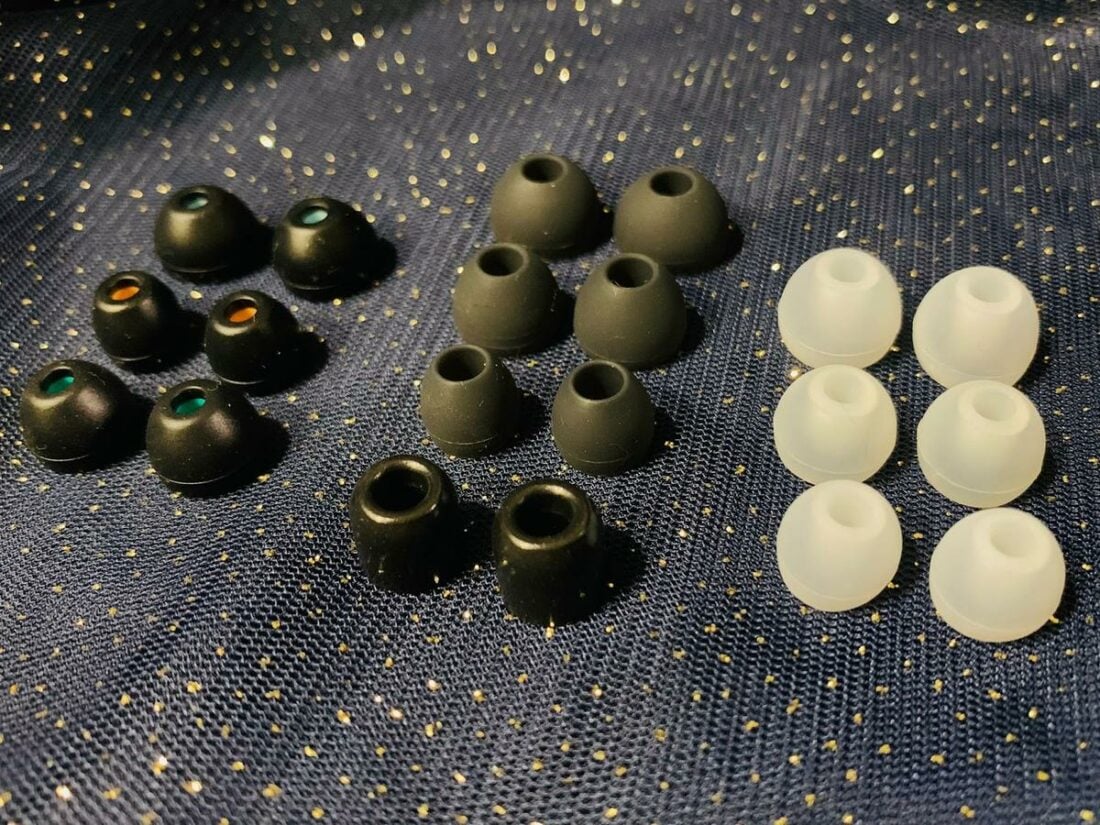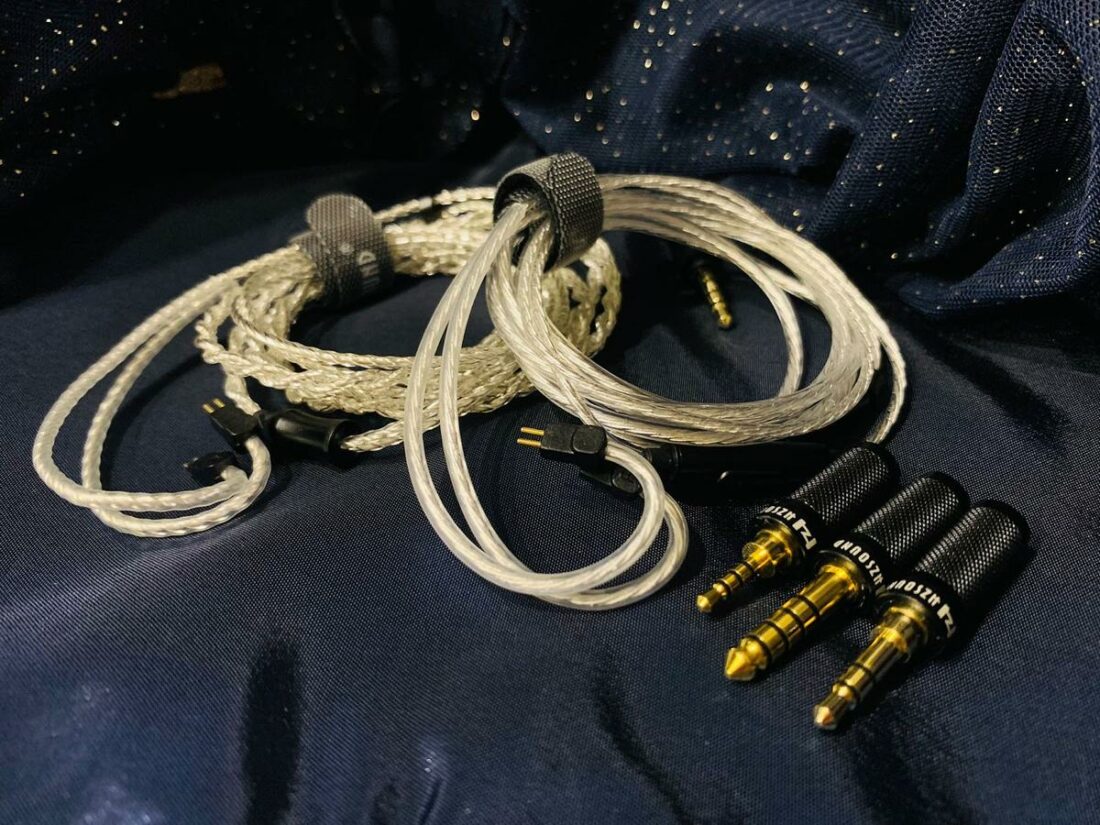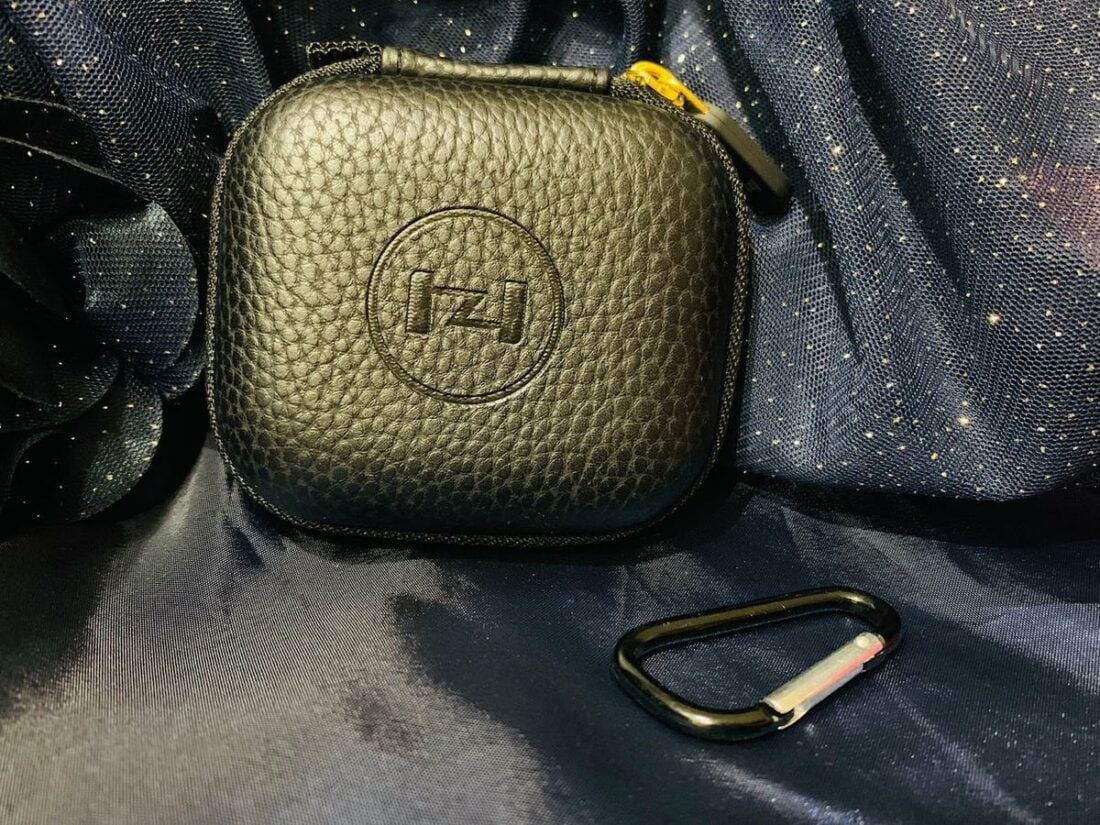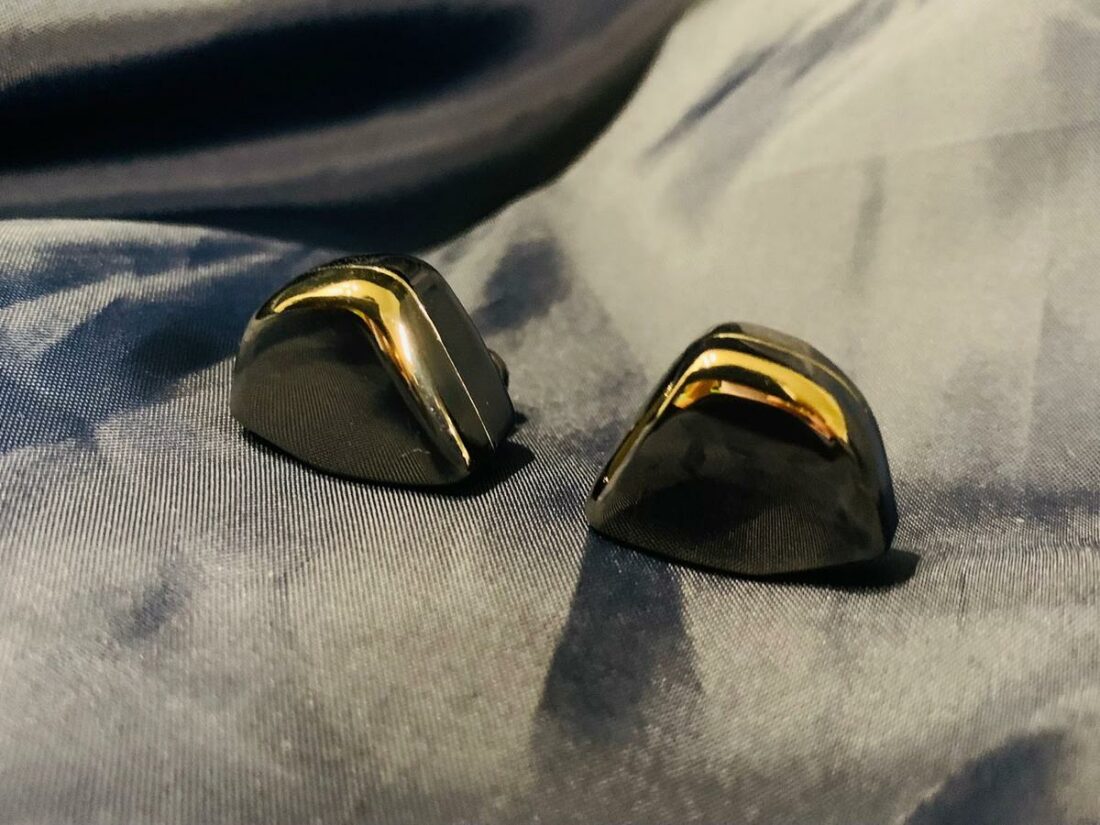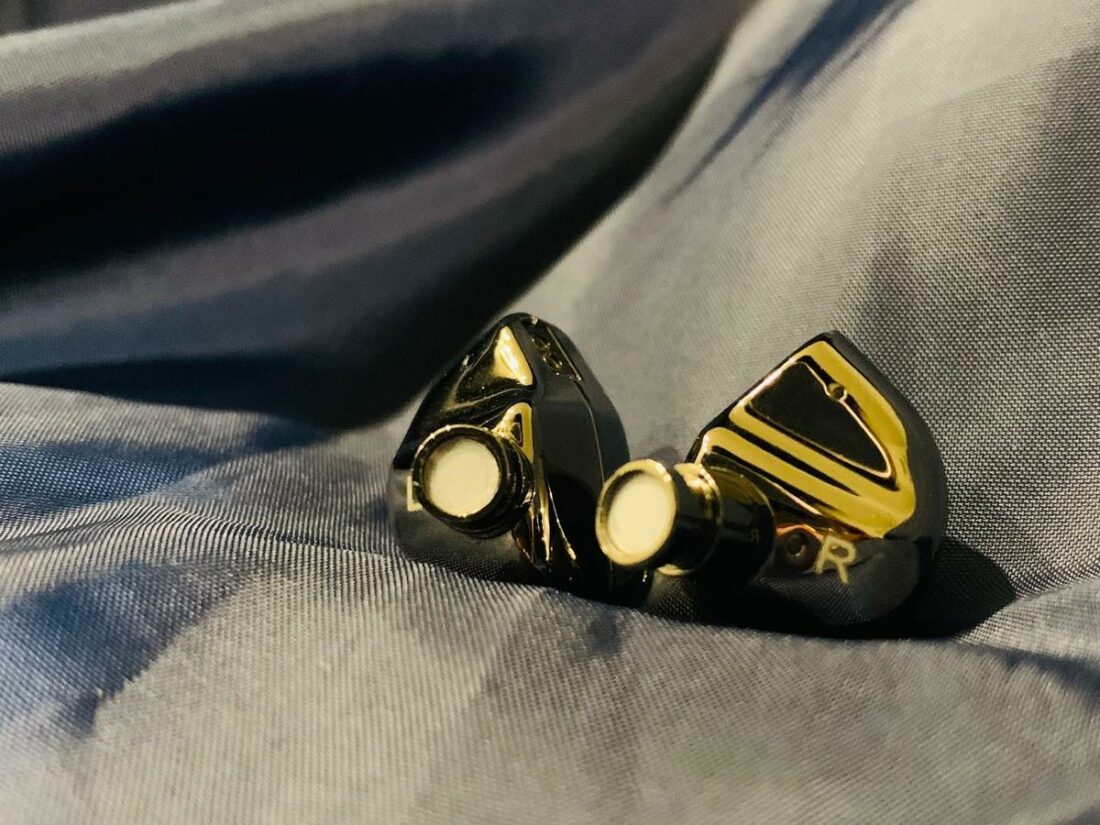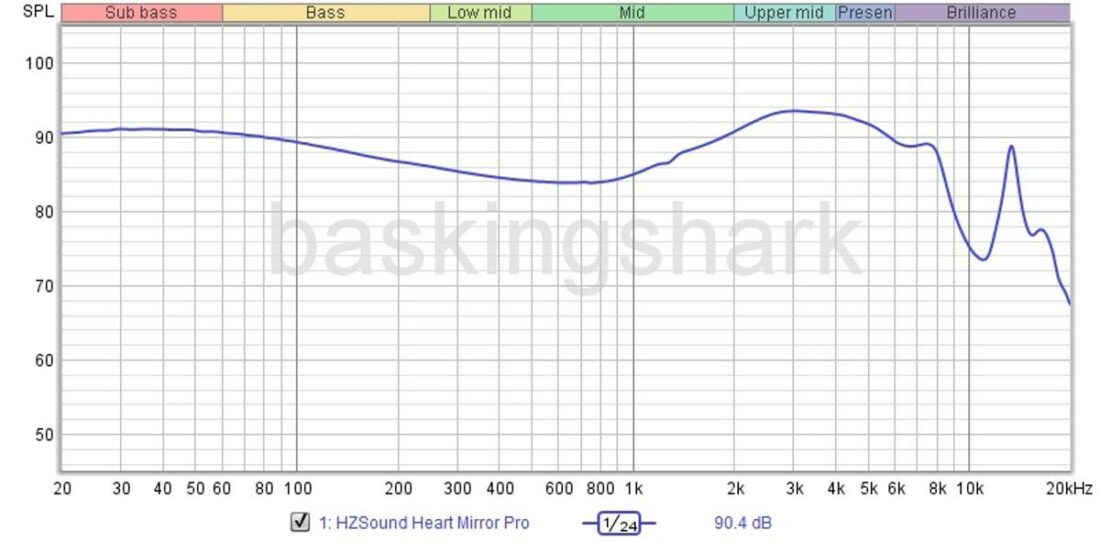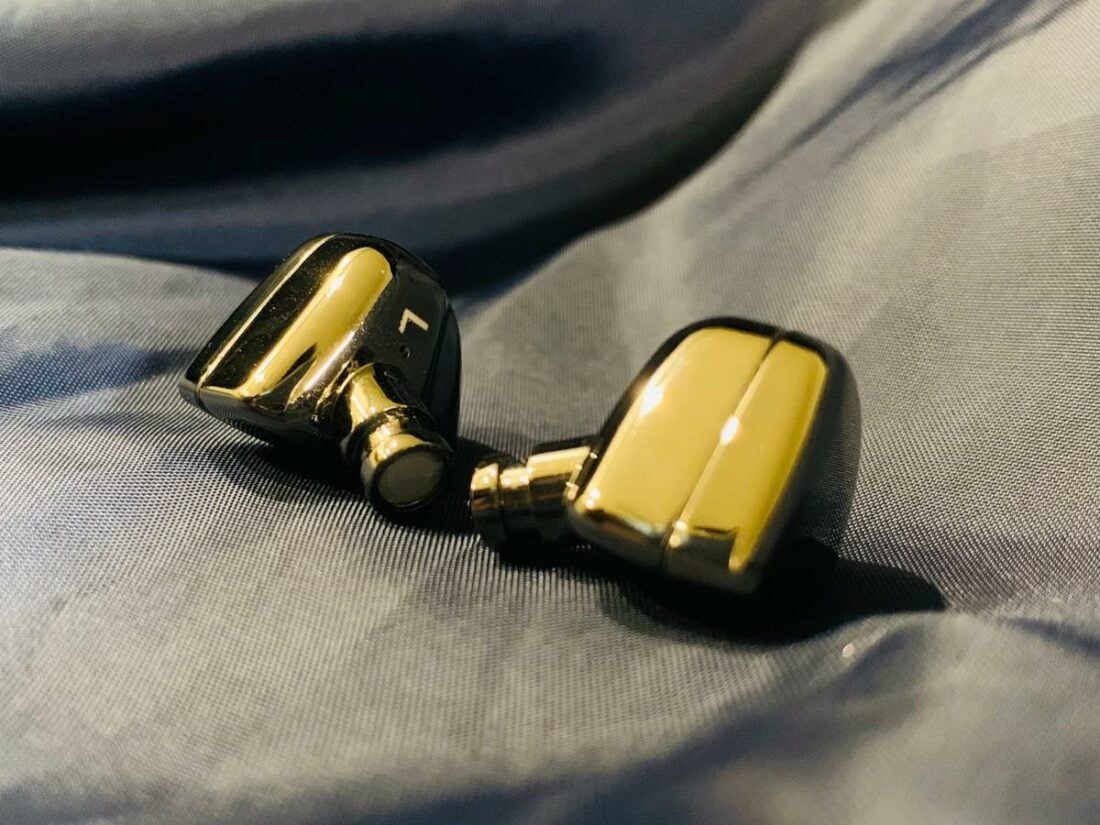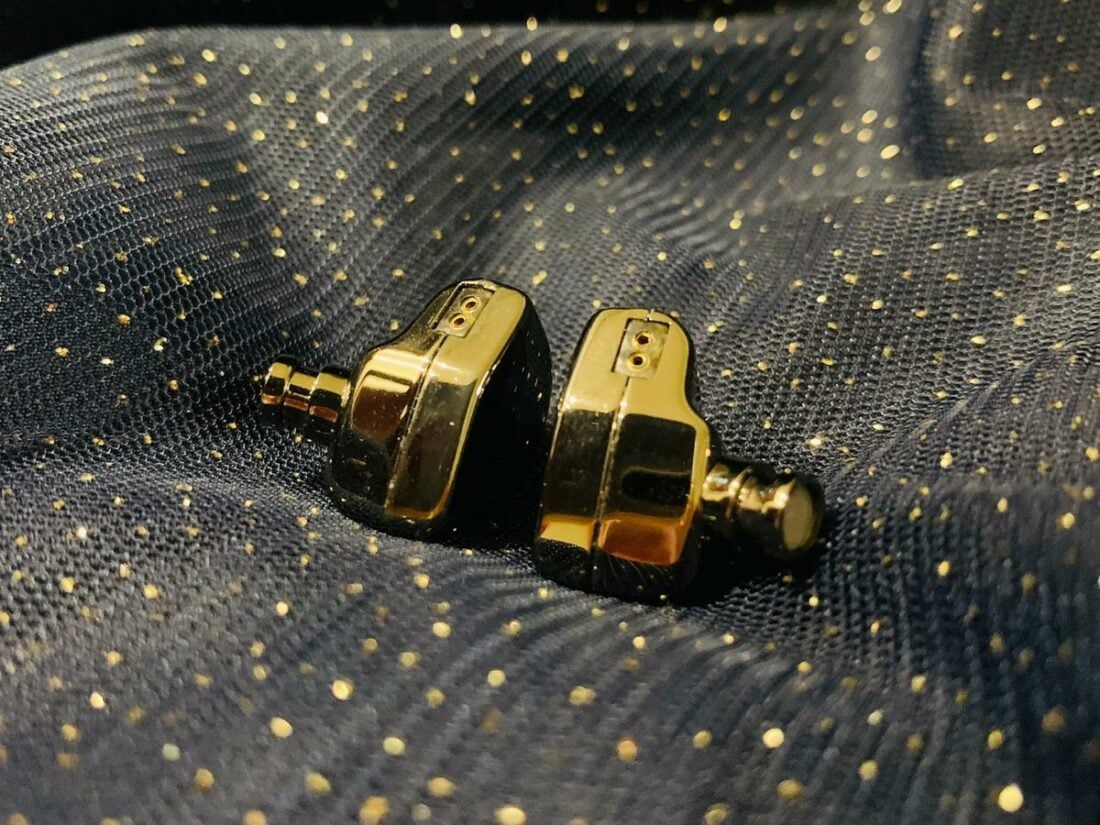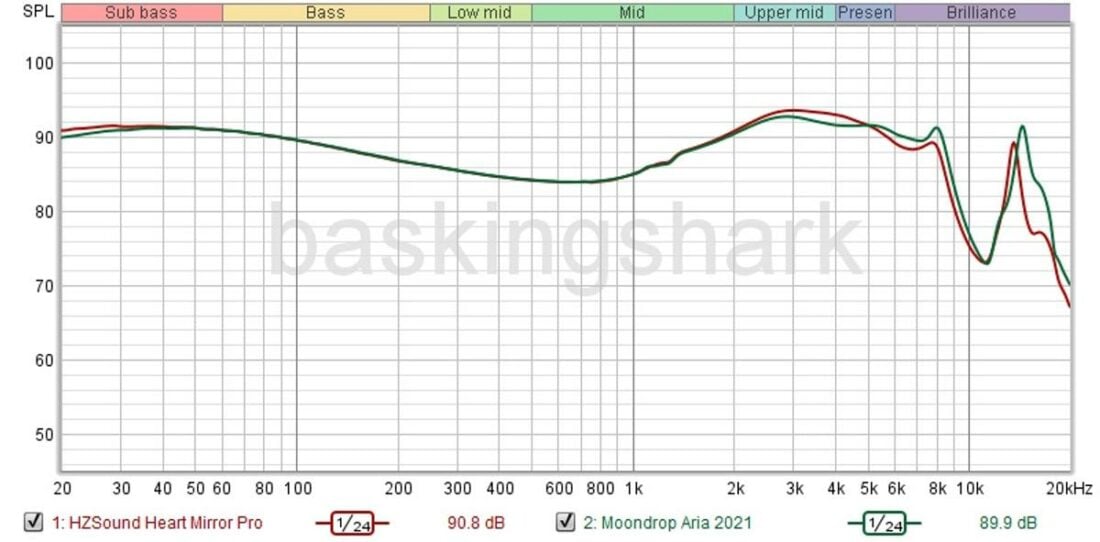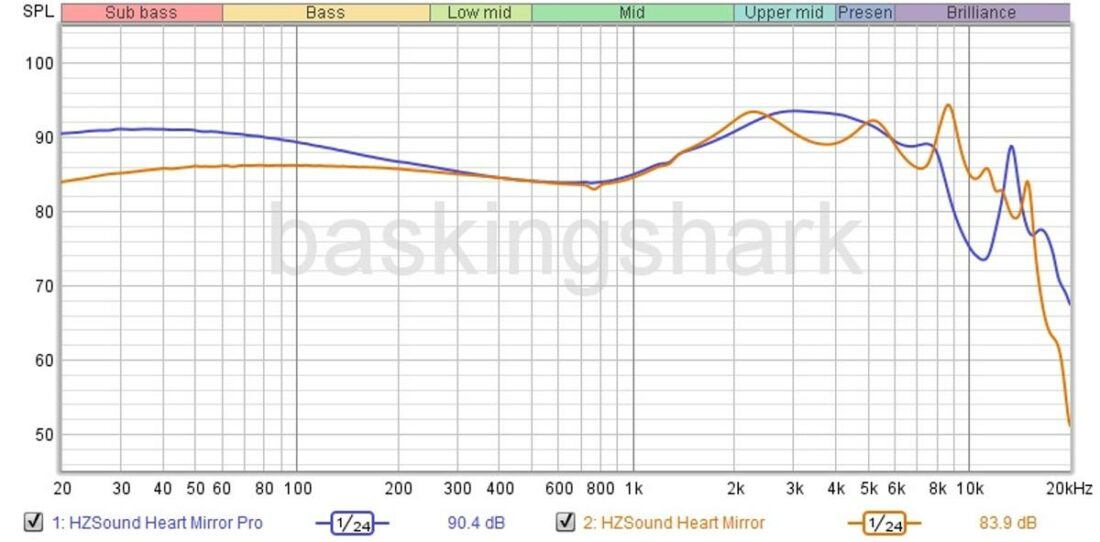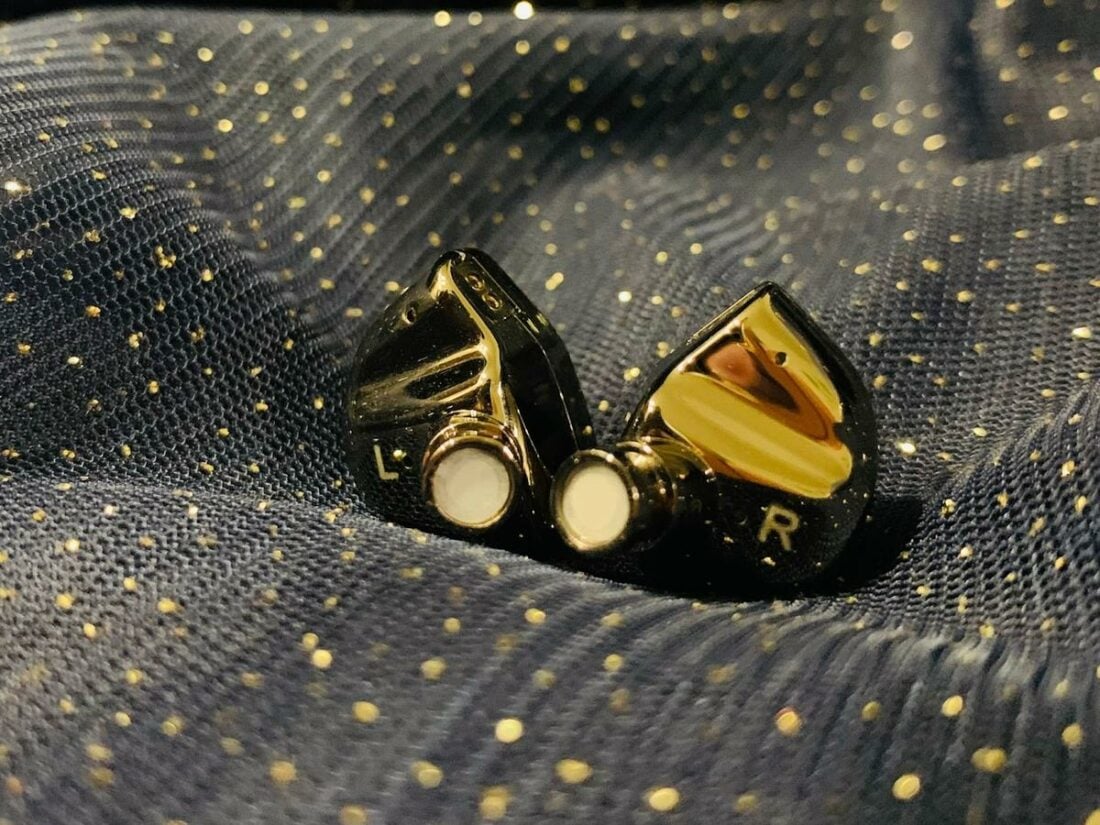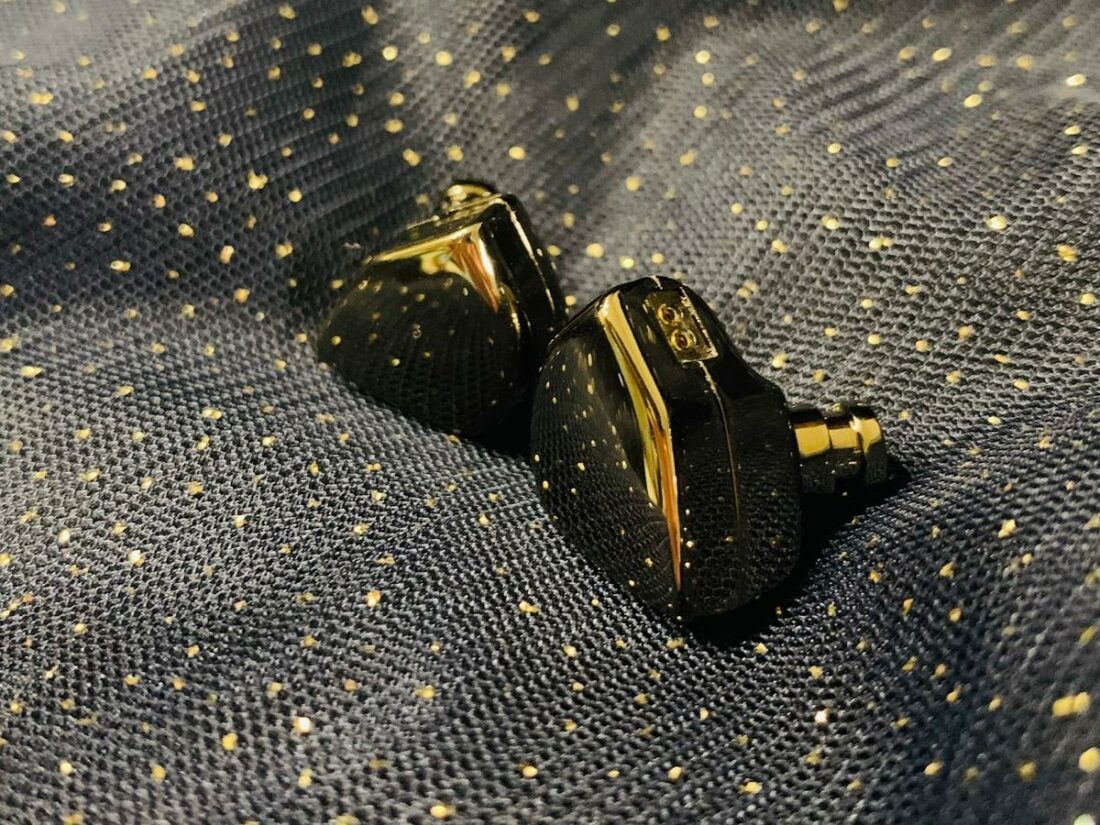ChiFi budget aficionados will be familiar with the original HZsound Heart Mirror IEMs. These were a breath of fresh air in a sea of hackneyed Harman-tuned fare, sporting a rare neutral bright tuning with great aesthetics and generous accessories to boot. The Heart Mirror Pro – henceforth shortened to HM Pro – are a follow-up to this note-worthy pair. Will the HM Pro continue to espouse impeccable tuning in the Heart Mirror lineage? Or fall by the way-side, akin to movie sequels of a blockbuster hit turning out to be merely meh? Indeed, it is all too common nowadays to see ChiFi manufacturers milking consumers by rehashing a “Pro,” “Ultra,” “S,” or “Max” version of successful IEMs. Some even seem to be blatant cash-grabs – looking at you, LETSHOUER S12 Pro and 7Hz Timeless AE – where the only differences are the addition of a modular cable and a 3 dB bass boost. Honestly, I would not be a happy bunny if I was a purchaser of original IEMs, only to find out that a “Pro” version was released while I was awaiting their delivery from China! Let’s read on to find out if the HM Pro are an actual upgrade over the original Heart Mirror IEMs – as per the “Pro” moniker – or merely a case of smoke and mirrors!
Company Overview
HZSound was formed in 2014. The engineering team has more than ten years of experience in the audio field. They launched their first pair of earphones in September 2014 (the HZSound EP001), followed up by the HZ3ii, the HZ5, and the HZ5 Pro. HZSound are most celebrated for the aforementioned Heart Mirror IEMs. They also launched the Waist Drum IEMs this year while simultaneously entering the earbud market with the Bell Rhyme.
Technical Specifications
Form: IEMs Drivers: 1 x 10mm carbon nanotube (CNT) diaphragm dynamic driver Impedance (Ohm): 32Ω +/- 15% Sensitivity (dB): 110dB Frequency Response (Hz): 10Hz – 40kHz Removable Cable: Y Cable: 1 x 4 core high-purity modular oxygen-free copper silver-plated cable, 1 x silver-plated cable with mic Source Plug: 2.5mm, 3.5mm, 4.4mm (via modular cable) Cup/Shell Plug: 0.78mm, 2-Pin
Packaging
In the box
HZSound Heart Mirror Pro IEMs 3 pairs of narrow-bore silicone ear tips 3 pairs of wide-bore silicone ear tips 3 pairs of hybrid silicone ear tips 1 pair of foam tips Carrying case Carabiner 1 x 3.5mm cable with mic 1 x modular cable with 2.5mm, 3.5mm, and 4.4mm distal termination plugs
The accessories are truly spectacular for a sub-USD$100 set. Indeed, I’ve seen more expensive pairs with way worse goodies. The foam tips are an option if greater isolation is yearned for, though they may tame the treble frequencies somewhat. As for the silicone ear tips, there are 3 variants – a white narrow-bore set, a black wide-bore set, and another hybrid set that looks very much like Sony ALXCD ear tips. The white narrow-bore tips boost the bass but narrow the soundstage. The black wide-bore ones lower the bass and increase air and sparkle. The hybrid Sony look-alikes are a mid-point between these two and are my preferred pairing.
Cable
Uncommon for budget IEMs, the HM Pro packaging includes two cables! One has a mic with a single-ended 3.5 mm termination, whereas the other has a modular distal plug to pair with 2.5mm, 3.5mm, and 4.4mm sources. Gold-plated copper is used for the surface contact points of both cables, which HZSound says will lower signal transmission losses. Both cables use 2-pin connectors, which should be more robust than budget MMCX types, which may become loose with frequent cable changes. The 3.5 mm mic cable is made of silver-plated copper and is on the thinner side. It has a chin cinch and R/L lettering on the distal ends to delineate the right and left terminals. The second cable that dyed-in-the-wool audiophiles will be interested in – the modular one – is a 4-core, oxygen-free copper, silver-plated cable. This cable has minimal microphonics but is quite tangly. The braiding is good, and there is a chin cinch. The modular distal plugs connect and disconnect easily, though I’m unsure if repeated swapping may loosen the contacts over time. (Shock horror, I’ve spoken to an audiophile that dropped his DAP one day, causing the plug of a similar modular cable to become loose)!
Case
A square semi-rigid leatherette case is provided and has ample room to accommodate various accessories, with webbing on the insides. This case is quite tough and cannot be compressed easily, which is definitely reassuring.
Design
The shell designs are spitting images of the original Heart Mirror – they are identical in size and shape. The shells are manufactured from precision die-casted Computerized Numerical Control (CNC) machining and grinding with an electroplated zinc-alloy housing. Each shell is hand-polished, giving them a mirror-like finish, from which they derive their namesake. I was pleased to note that protective stickers were placed on each shell – it is nice to see HZSound paying attention to this area! One can opt for a silver-hued shell or a black variant during ordering. The former are covered with electroplated chrome, whereas the black ones are spray painted. Build is very solid, and I think they might even survive a drop (don’t try this at home!).
Comfort
The HM Pro are light and ergonomic; I have used them for hours without discomfort. I did not experience driver flex, but this may depend on the ear tips used and your ear anatomy.
Internals
The HM Pro’s engine is a CNT (carbon nanotube) diaphragm coil within a dual-cavity structure. HZSound markets that this gold-plated brass inner cavity decreases the scattering of sound waves within the walls. A high-performance N52 magnet and Daikoku copper-clad aluminum wire (CCAW) voice coil from Japan is incorporated to boost clarity and micro-details.
HZSound Heart Mirror Pro Sound
The HM Pro are tuned to a consumer-friendly, warm, and bassy Harman-like profile. As such, they are quite inoffensive, and most users should find their tonality pleasant enough. Timbral accuracy is organic. Unlike the original Heart Mirror, which had a neutral bright tonality, thin note weight, and analytical signature, the younger HM Pro are very different, boasting a thicker note weight and a more colored, analogue soundscape. While tonality and timbre are excellent, unfortunately, the HM Pro fall short in technicalities. Not only will they not uproot trees in this department, but the HM Pro are actually inferior in technical performance compared to other similarly priced single DD contenders. Soundstage is just average in all three dimensions. Note edges, transients, and dynamics are somewhat blunted, which gives the HM Pro a very laid-back signature. Micro-details and clarity are not the best, and imaging is downright fuzzy. Layering is mediocre, and there is smearing of instrumentation with very complex or fast riffs.
Bass
The HM Pro’s bass is north of neutral but not at bona-fide basshead levels. They are mid-bass focused. Sub-bass extension is quite decent, with a visceral rumble felt. Bass speed is moderate, but there’s some mid-bass bleed. Texturing is average.
Midrange
The lower midrange is a bit depressed, and there is some obscuration due to the mid-bass bleed. Layering, clarity, and imaging are below average, and this region can sound veiled. The upper midrange is boosted slightly but is not shouty at normal listening volumes. Vocals are forward without veering to harshness.
Treble
The HM Pro are quite smooth in the treble, and treble-sensitive folk should be quite at home with the tuning. There isn’t much air or sparkle, and consequently, micro-details and fine nuances in the music are muted. Sibilance is minimal, but treble-heads might find this department wanting.
Comparisons
The HM Pro will be compared against other budget single DD IEMs under USD$100. Hybrids, planars, and pure BA IEMs were excluded from the comparison as the different transducer types have their own pros and cons.
Vs. Moondrop Aria 2021
The Aria 2021 are one of the benchmark budget single DD pairs of recent years. They feature a Harman-like signature with good timbre and tonality, though admittedly, they aren’t technical beasts. As per the graphs, these two share an almost identical DNA in tonality. Timbre is slightly less natural on the Aria 2021, as the treble region sounds a bit grainy when compared to the HM Pro. Both pairs are not ‘tour de forces’ in technicalities, but the Aria 2021 have a slightly more expansive soundstage and are a bit crisper in transients, with better edge definition. Both sets have poor micro-detailing and hazy imaging, with instrumentation sounding meshed together when complex tracks come out to play. The Aria 2021 lose by a country mile in terms of accessories and build. They have a sub-par tangly cable compared to the two on offer in the HM Pro’s packaging, one of which can offer modular plugs. The Aria 2021 also face multiple complaints of the paint chipping or bubbling off the shells, unlike the chrome finish of the HM Pro. These rivals have good tonality and timbre but fall short in technical performance. In terms of sound, they are mostly sidegrades, but the HM Pro are a slight upgrade if the build and accessories are factored into the equation.
Vs. Tripowin Olina
The Olina are touted as a mini Tanchjim Oxygen and are one of the more technical budget single DD IEMs under a hundred bucks. The Olina have a sharper edge definition to notes, with superior technicalities (soundstage, micro-details, instrument separation, and imaging). However, the Olina are more aggressive and can be shouty and fatiguing in the lower treble, with more sibilance displayed. The Olina sound nasal for vocals, with a thinner note weight and a less natural timbre.
Vs. DUNU Titan S
The DUNU Titan S are a neutral bright pair. They are more analytical, with a thinner note weight than the HM Pro. The Titan S have superior technicalities and are a league ahead in soundstage, imaging, micro-details, and instrument separation. However, the Titan S may be a tinge shoutier in the upper midrange and also display slight sibilance. Additionally, fit may be hit or miss on the Titan S due to the long nozzles.
Vs. HZSound Heart Mirror
We finish off the comparisons with a case of sibling rivalry – we will pit the HM Pro against their older sibling. The original Heart Mirror are a neutral-bright set with markedly less bass quantity and extension, though the bass is tighter and faster. Note weight is thinner on the original Heart Mirror; they also have greater treble extension, air, and sparkle but may be fatiguing with more pronounced sibilance. The original Heart Mirror are colder and more analytical. Additionally, they provide better imaging, micro-details, and clarity, though both siblings are weak in soundstage. The first Heart Mirror may also sound a bit nasal in vocals, with a hair less natural timbre.
Where to Buy
Conclusion
The HM Pro feature an affable Harman-like sonic profile with natural timbre. Most consumers should be at home with the tuning. The ergonomics are top-notch, with alluring aesthetics. An extraordinarily nice package of accessories, including not one but two cables are a nifty addition – one of which has a modular plug to accept various single-ended and balanced sources. Unfortunately, the technicalities department is a disappointment. The soundstage is bang average, and micro-details, clarity, instrument separation, and imaging are inadequate, especially when A/B testing against similarly priced adversaries. Tonally, the Heart Mirror siblings are light-years apart, with the original’s sterile, technical, and analytical neutral bright tuning an antithesis to the analogue and laid-back HM Pro. They are definitely not mirror images. Their older siblings, the original Heart Mirror, were lauded for the unique neutral bright verve they brought to the table. In comparison, the HM Pro are overly safe, following the tried-and-tested (but banal) Harman curve, with no extra pizzaz. Being average in this cut-throat industry is as good as a death sentence. Perhaps HZSound will take a good look in the mirror, continue to evolve and innovate, and hopefully back up the HM Pro’s delightful looks, premium accessories, and acceptable timbre/tonality with excellent technicalities in their next set. HZSound just needs to bridge that last few steps to greatness. They would be on to a winner if they could incorporate a more adventurous tuning in their next iteration. Is anyone game for a “Pro” version of the HM Pro?
